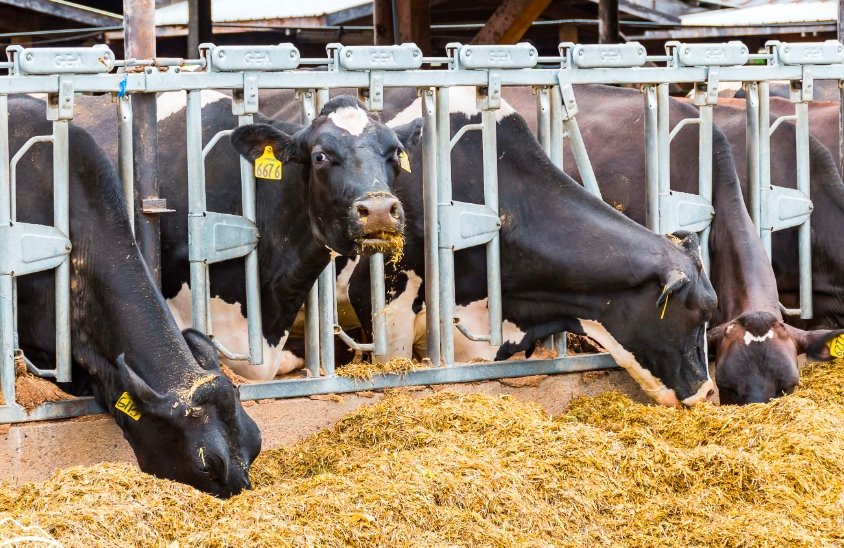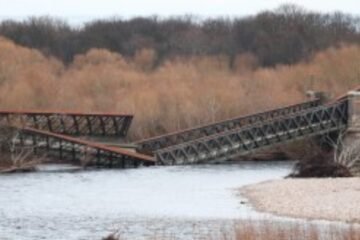Commuters on the Edinburgh-Glasgow mainline faced significant delays on Monday morning after a herd of cows wandered onto the tracks near Lenzie. The unexpected bovine blockade caused chaos during rush hour, with Network Rail teams working swiftly to remove the animals and restore normal service. The incident highlights the challenges faced by railway operators in maintaining smooth operations amidst unforeseen disruptions.
The Incident and Immediate Response
The disruption began early in the morning when 12 cows found their way onto the railway tracks. The animals, seemingly unfazed by the passing trains, settled comfortably on the tracks, causing immediate delays. Network Rail was quick to respond, deploying a team to safely remove the cows and ensure the safety of both the animals and the passengers.
The presence of the cows on the tracks led to significant delays for commuters. Trains were either halted or rerouted, causing frustration among passengers. Network Rail issued an apology for the inconvenience and assured the public that they were working as quickly as possible to resolve the situation. The incident also prompted a flurry of activity on social media, with many sharing their experiences and expressing their surprise at the unusual cause of the delays.

Despite the swift response, the removal of the cows took longer than anticipated. The animals were eventually herded off the tracks, allowing train services to gradually resume. However, the delays had a ripple effect, impacting schedules throughout the morning.
Impact on Commuters and Rail Services
The incident had a significant impact on commuters, many of whom were left stranded or faced extended travel times. The delays were particularly disruptive for those with tight schedules or important appointments. Passengers expressed their frustration at the unexpected disruption, with some calling for better measures to prevent such incidents in the future.
The disruption also highlighted the vulnerability of the railway network to unexpected events. While incidents involving animals on the tracks are relatively rare, they can cause significant delays and operational challenges. The incident underscored the importance of having robust contingency plans in place to manage such disruptions and minimize their impact on passengers.
In addition to the immediate delays, the incident had a knock-on effect on rail services throughout the day. Trains were rescheduled, and some services were canceled, leading to further inconvenience for passengers. The disruption also placed additional pressure on rail staff, who worked tirelessly to manage the situation and assist affected passengers.
Lessons and Future Precautions
The incident has prompted discussions about the need for improved measures to prevent animals from accessing railway tracks. While fencing and other barriers are commonly used to keep animals away from the tracks, incidents like this highlight the need for ongoing vigilance and maintenance. Railway operators may need to review and enhance their existing measures to ensure the safety and reliability of the network.
The incident also serves as a reminder of the importance of effective communication during disruptions. Network Rail’s prompt updates and apologies were appreciated by many passengers, but there is always room for improvement. Ensuring that passengers are kept informed and supported during such incidents is crucial for maintaining public trust and confidence in the rail network.
Looking ahead, railway operators will need to consider additional strategies to prevent similar incidents. This could include enhanced monitoring of vulnerable areas, increased collaboration with local farmers, and the use of technology to detect and respond to potential disruptions more quickly. By taking proactive steps, railway operators can help to minimize the impact of such incidents and ensure a smoother experience for passengers.


















